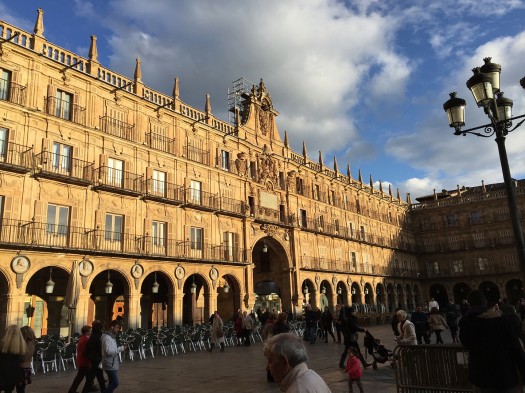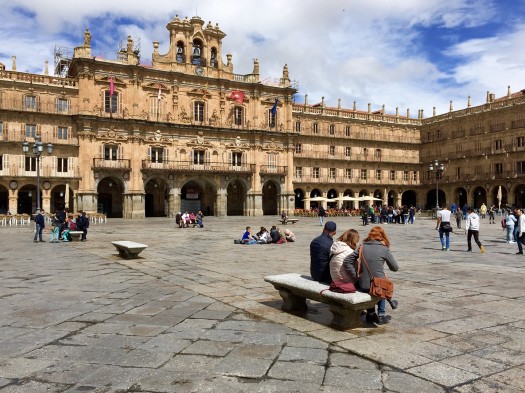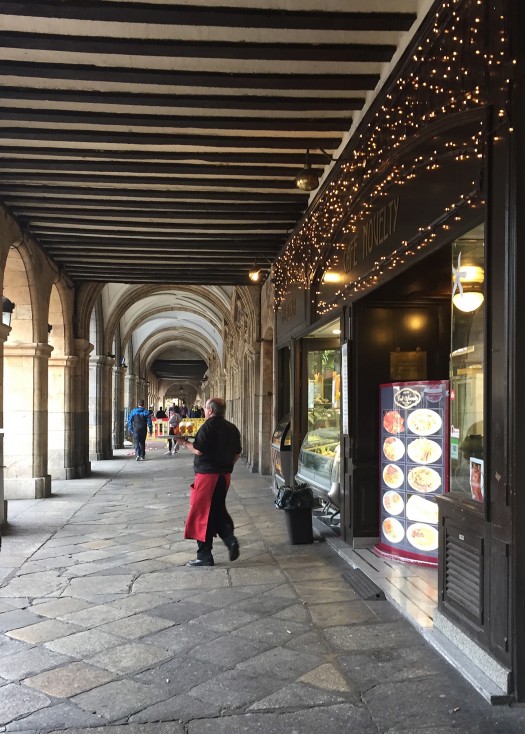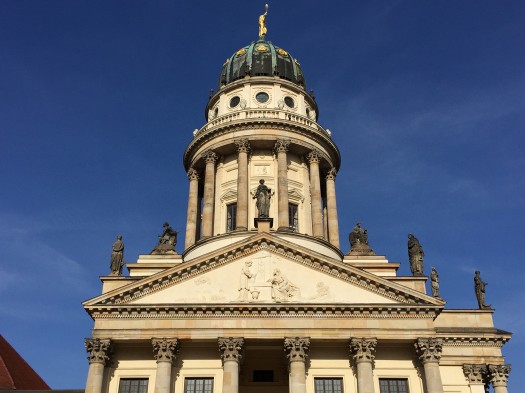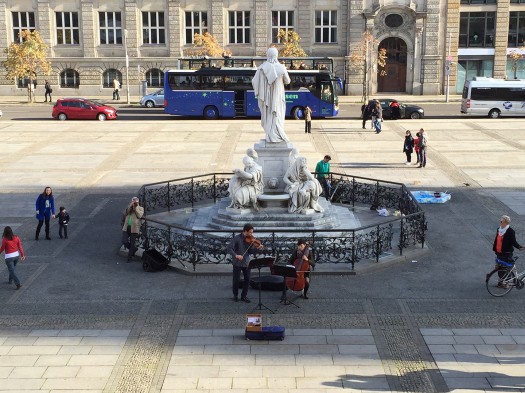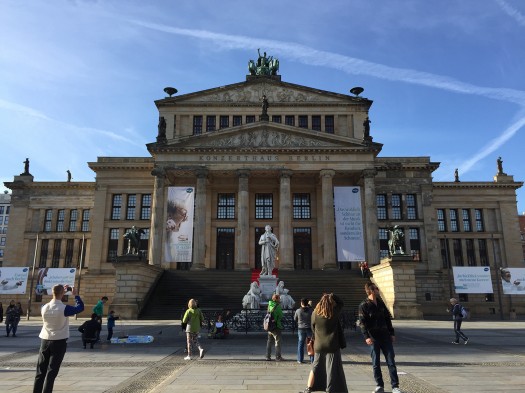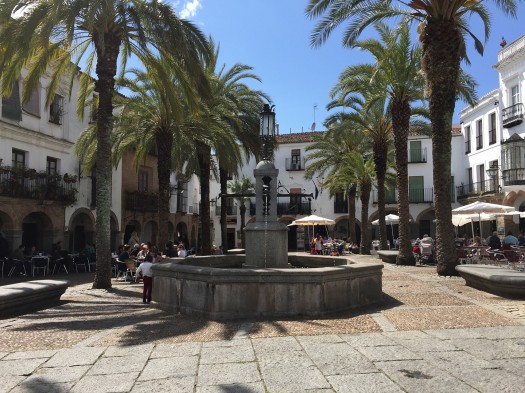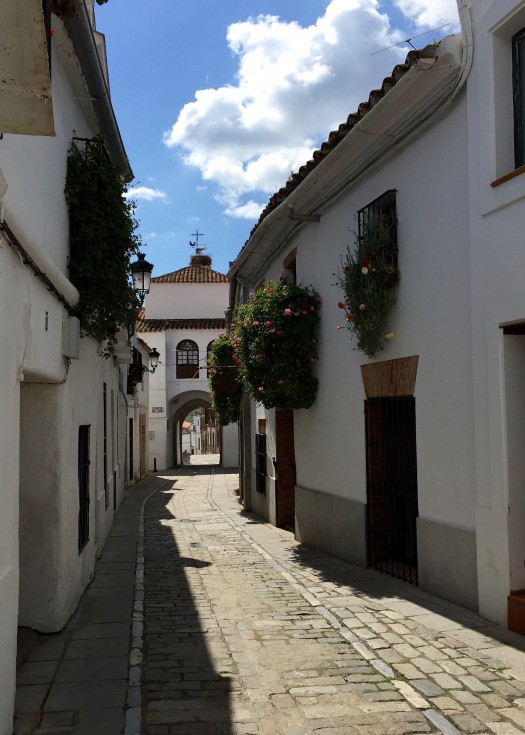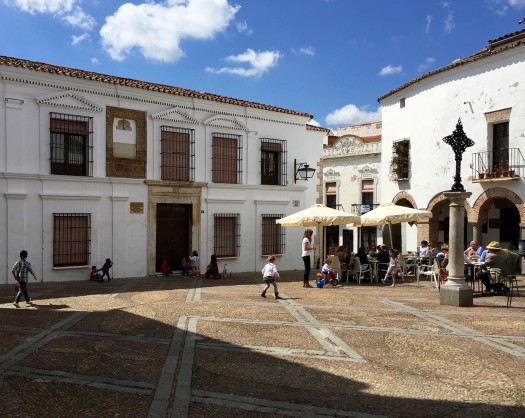A Placemaking Journal
The Plaza: What is required for a community living room?
Recent trips to Spain and Germany have me appreciating the nuances of three plazas I had the pleasure of experiencing. Each plaza was a different character and scale from the other, which if I had to sum up simply, I’d call Salamanca’s Plaza Mayor: A City Plaza, Berlin’s Gendarmenmarkt: A Civic Plaza, and Zafra’s Plaza Grande and Plaza Chica: Neighborhood Plazas. All share some common qualities, including being very active almost any time of day and in any weather, populated by what appear to be locals as well as visitors, and all have third places fronting at least one side of the plaza. But after that, the differences abound. It’s enjoyable to have the pause of vacation to study these spaces and think about what lessons we might bring home.
Salamanca’s Plaza Mayor: A City Plaza
I was particularly taken with Plaza Mayor in Salamanca, Spain, and found the space to be personally and emotionally satisfying. The best pedestrian streets in town terminate in the plaza, drawing you naturally to conclude your wanderings here. The arcades make it convivial in any weather, rendering inclement weather somewhat irrelevant. The locals can stroll arm in arm under the arcades, even in the rain. Uses around the perimeter are either great third places – like the best ice cream, cafés, and tapas bars in town – or else retail for daily necessities that draw regular customers, such as a wonderful apothecary and specialty food shops. Mixing the living room sort of amenities with the retail providers that people need regularly ends up naturally drawing people to linger for a wide variety of reasons.
Berlin’s Gendarmenmarkt: A Civic Plaza
Even though Berlin’s Gendarmenmarkt lacks enclosure and any significant retail, this civic plaza was my favorite in Berlin. The steps of the Concert House (Konzerthaus) essentially become a theatre with residents and arts groups programing the space with high-quality, satisfying content. While great restaurants and bakeries line one side of the plaza, the space is predominately activated by civic purposes instead of commercial activities. The architecture is stunning, with three great buildings being reason enough to visit and linger. The Concert House, designed by Karl Friedrick Schinkel in 1821, is the centerpiece of the plaza. It is flanked by similar buildings on either end of the plaza, the French Cathedral (Friedrichstadtkirche) designed by Jean Louis Cayart and the German Cathedral (Deutsche Dom) by Martin Gruenberg, both in 1701. The domed towers on both cathedrals were designed by Carl von Gontard in 1786. While this plaza lacks many of the things we think are key to successful public places like enclosure and active edges, the steps of the Konzerthaus serve as seating for the “stage” of the markt, and we enjoyed orchestra-quality performances seated on the steps. The three beautiful civic buildings, the informal seating, and the concerts in the evenings ensure this space is alive.
Zafra’s Plaza Grande and Plaza Chica: Neighborhood Plazas
Plaza Grande and Plaza Chica are literally the Big Plaza and the Little Plaza, joined by an arcade. These very intimates spaces are both long, with proportions of 1:2 and 1:3. Plaza Chica is on a slope, so it is often filled with small children learning to ride bikes. The cafés ringing the space assure that parents are nearby to offer encouragement and comfort, as needed. The dappled shade from the palm trees in Plaza Grande provides a filtered light that makes the space so very pleasant, with more robust protection from the elements available from the arcades and umbrellas. This beautiful living room is a completely enclosed space, with no leaky corners. Even the exits have either an arch or the building across the street completing the room, so you get the feeling of a solid wall all around.
While these plazas are quite different from each other, they demonstrate some of the essential building blocks for great squares and plazas. The common theme of third place adjacency is a good lesson that the SmartCode and other form-based codes require in civic spaces. To see how some masters of urbanism build new plazas in the U.S., listen to Stefanos Polyzoides’ Placemaking@Work session on Plazas, Squares, and Other People Places.
–Susan Henderson
If PlaceShakers is our soapbox, our Facebook page is where we step down, grab a drink and enjoy a little conversation. Looking for a heads-up on the latest community-building news and perspective from around the web? Click through and “Like” us and we’ll keep you in the loop.









